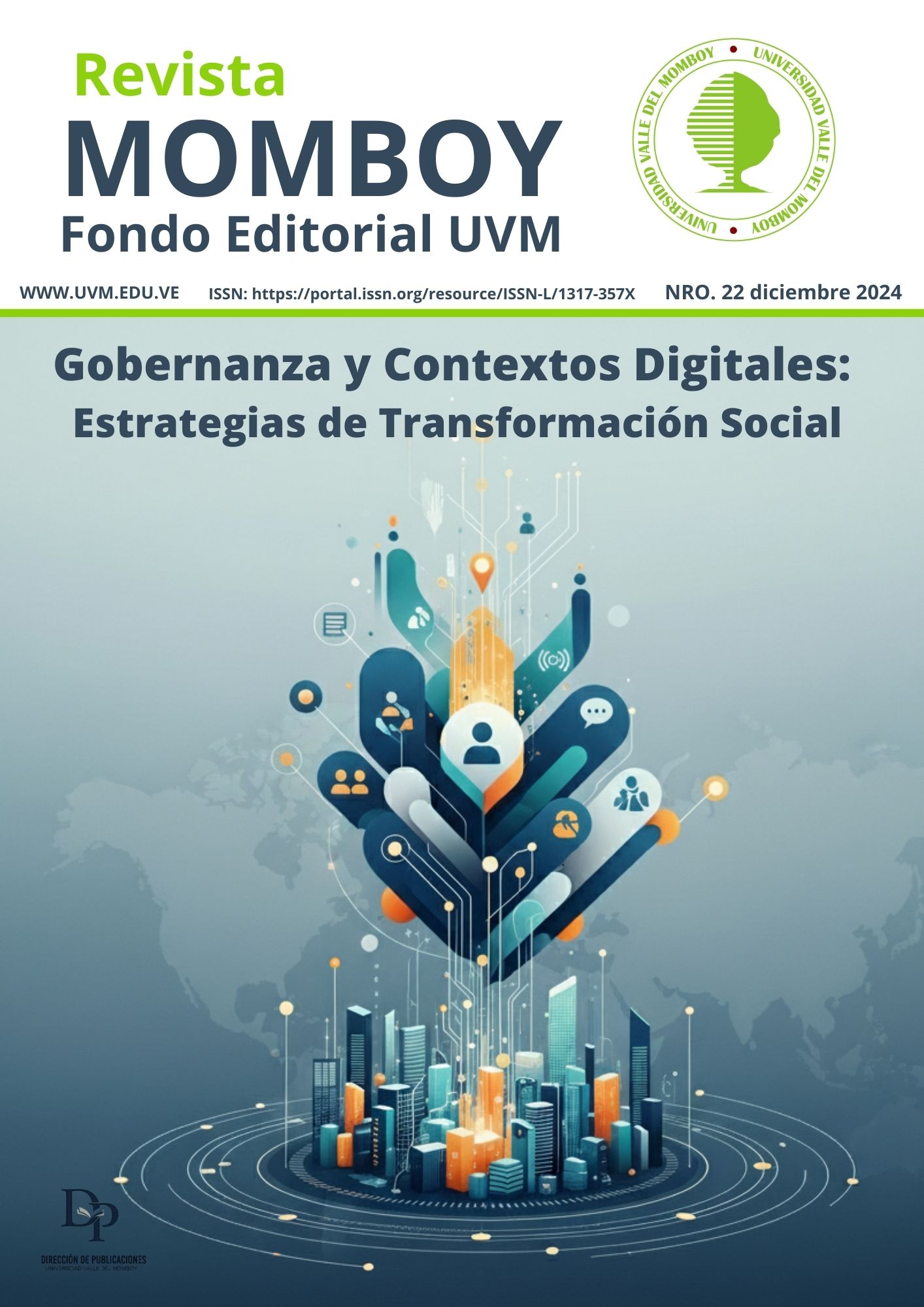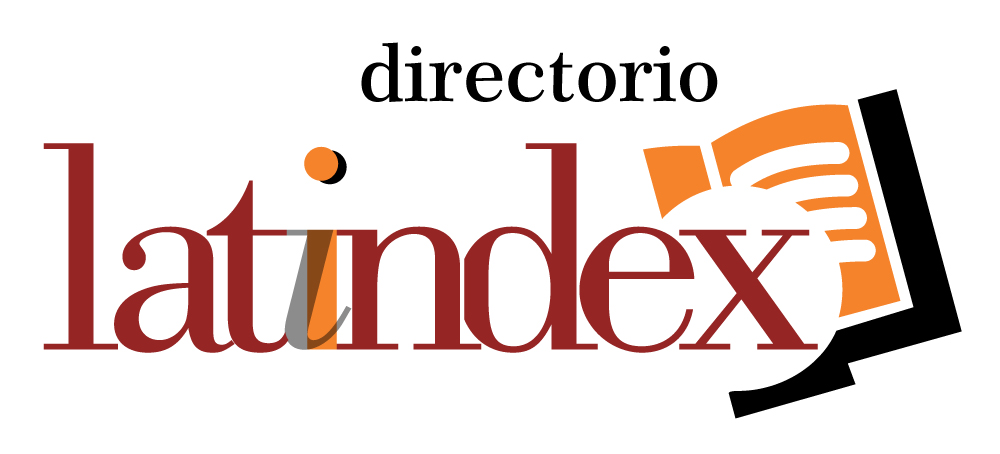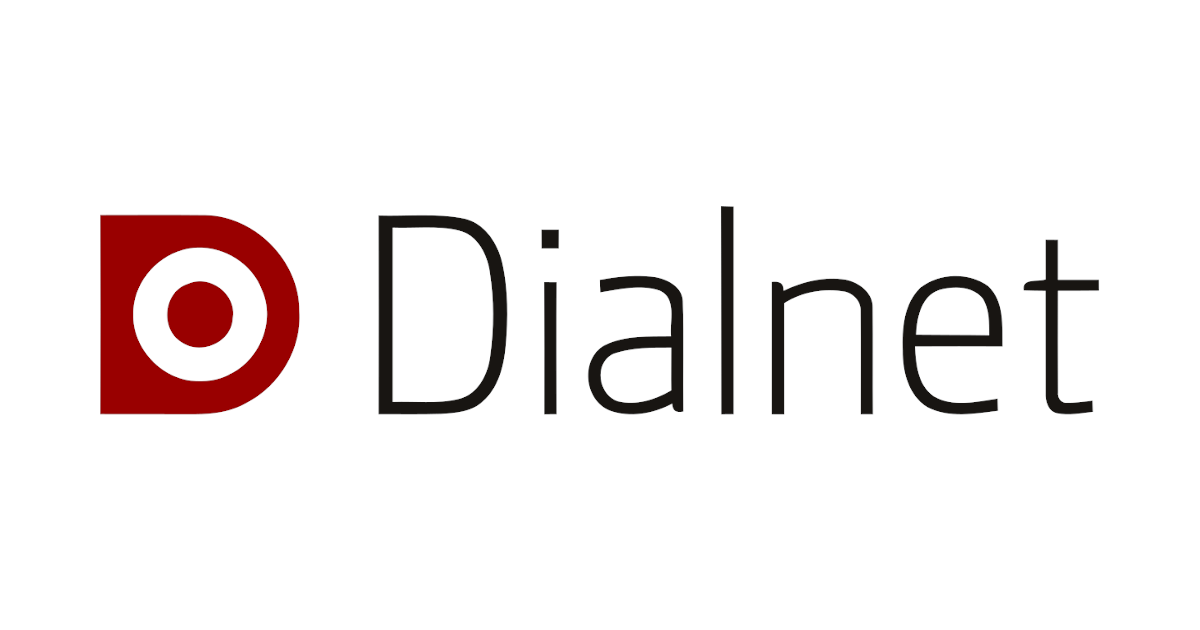Technological Tools that Students Use for Meaningful Learning of Chemistry
DOI:
https://doi.org/10.70219/mby-222024-371Keywords:
Education, technological tools, meaningful learning, chemistryAbstract
In the field of chemistry, technological tools can be of great use in facilitating meaningful learning and improving understanding of concepts. That is why the general objective of this research is to identify the technological tools used by students for meaningful learning in chemistry. The study was conducted under the methodological approach of descriptive research, with a field design. For data collection, the survey technique was used, and a questionnaire of dichotomous questions was used as an instrument, validated by three experts, with a reliability of 0.92 using the Kuder-Richardson coefficient. This was applied to 52 students of Chemistry I and Chemistry laboratory at the Universidad Valle del Momboy in Venezuela, who made up the census sample. The following results were obtained: the most used platform is Google; within the social networks, Telegram and YouTube are used in a higher percentage to review educational videos; as graphic design tools, it was found that Canvas has greater acceptance for making infographics; and Power Point for making presentations. Among the virtual educational tools, the use of Google Classroom virtual classroom is more popular, and among the digital whiteboards, Jamboard is more popular. In the virtual laboratory applications, the majority use Professor Hurtado's virtual laboratory; for virtual meetings, they prefer Zoom; for interactions, chat predominates.
Downloads
References
Arias, F. (2012). El Proyecto de Investigación. Editorial Episteme ORIAL.
Arnau, L. (2011). Herramientas para elaborar tesis e investigaciones socioeducativas. Oscar Editorial.
Balestrini, M. (2006). Cómo se elabora el proyecto de investigación. (7ª. ed.). BL Consultores Asociados.
Basurto, R y Lescay, D. (2023). Estrategia didáctica basadas en el uso de tic para la enseñanza-aprendizaje de la química. Revista Polo del Conocimiento, 8(2), 3-34. https://polodelconocimiento.com/ojs/index.php/es/article/view/5172
Consejo Nacional de Universidades. (2021, 9 de septiembre). Normativa Nacional de los Sistemas Multimodales de Educación Universitaria y Educación Mediada por las TICs. (Gaceta Oficial N° 42.209). https://cnu.gob.ve/index.php/agendas/
De Benito, B y Salinas. (2004). Situaciones didácticas en los entornos virtuales de enseñanza aprendizaje (EVEA) en la enseñanza superior Universidad de las Islas Baleares. Grupo de Tecnología Educativa. https://doczz.es/doc/5631046/situaciones-did%C3%A1cticas-en-los-entornos-virtuales-de
Fuentes, M (2024). La Enseñanza de la Química Desde una Perspectiva Integral. Revista Dialéctica, 1(23). https://doi.org/10.56219/dialctica.v1i23
Gallardo, P y Camacho, J. (2008). Teorías del aprendizaje y práctica docente. Wanceulen Editorial Deportiva, S.L.
Hurtado, J. (2014) Metodología de la Investigación. Quirón S. A. Caracas.
Piaget, J (1972). Estudios de Psicología Genética. Editores EMECÉ. https://filadd.com/doc/19-piaget-1972-piaget-estudios-de-psicologia-1
Hernández, R., Fernández, C., y Baptista, P. (2015). Metodología de la investigación. Mc Graw Hill. Interamericana S.A.
Schunk, D. (2012). Teorías del Aprendizaje. Pearson Educación. https://ciec.edu.co/wp-content/uploads/2017/06/Teorias-del-Aprendizaje-Dale-Schunk.pdf
Ocampo, J .(2024). Incorporación de Nuevas Tecnologías en la Enseñanza-Aprendizaje de la Química. Revista Ciencia Latina, 8(1), 10762-10772. https://doi.org/10.37811/cl_rcm.v8i1.10378
Tuárez, M y Loor, I. (2021). Herramientas digitales para la enseñanza creativa de química en el aprendizaje significativo de los estudiantes. Ciencia Latina Revista Científica Multidisciplinaria, 7(6), 1048-1063. http://dx.doi.org/10.23857/dc.v7i6.2380
Yánez, M. (2024). Integración efectiva de las TIC en la enseñanza de química: estrategias innovadoras para la docencia universitaria. Revista Social Fronteriza ,4(2). e42181. https://doi.org/10.59814/resofro.2024.4(2)181












